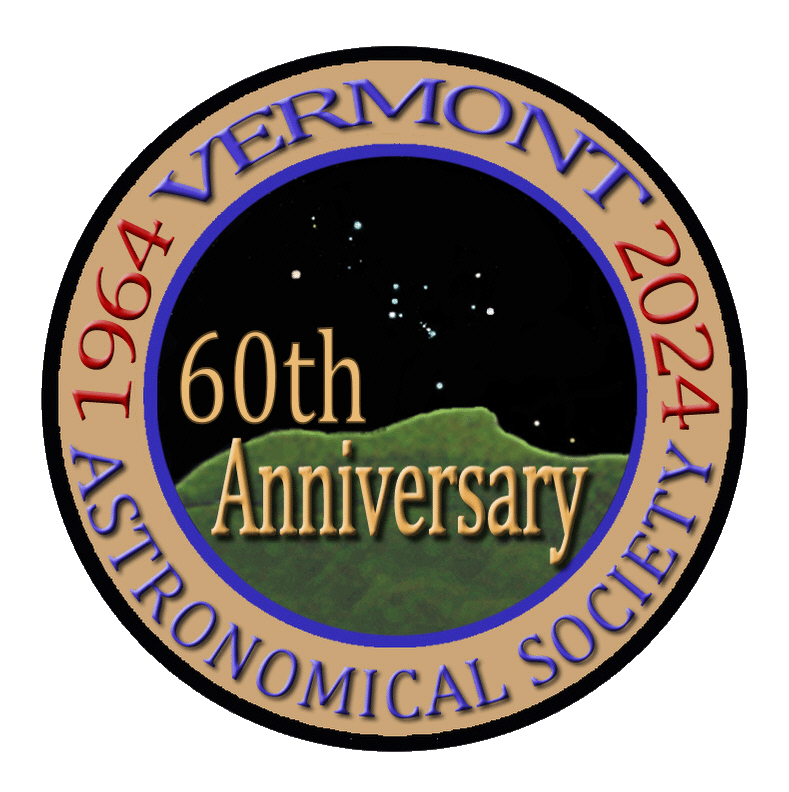M63 (Messier 63, NGC 5055, Sunflower Galaxy) is an example of a flocculent spiral galaxy which, unlike grand-design spiral galaxies doesn’t have well-defined spiral arms, but many discontinuous arms. Additionally, the process of star formation in these types of galaxies is less well understood than in other types of galaxies. The Sunflower Galaxy is about 27 million light-years from Earth, is observed in the constellation Canes Venatici (CVn) and is approximately 100,000 light-years in diameter.
A few smaller galaxies can be seen in the photo: UGC 8365 at left, UGC 8313 at right, and UGCA 337 in the bottom right corner.
I would have liked to have captured more detail, but I fear 3 hours just wasn't enough time to get the extra detail. Another project for next year!
Capture Date: 5/13/23
Askar 107PHQ
ASI2600MC Pro (OSC camera)
ZWO AM5 mount with guiding via ASIAir Plus using an ASI178mm mini and a 60mm F4 guide scope
Light Frames [Total Exposure 3:05] used Antlia Triband Ultra RGB filter -- 300s x 37 frames
All light frames calibrated with dark, flat, and bias frames
Pre- and post-processed in PixInsight
Additional post-processing in Photoshop for exposure adjustments and generation of jpeg
M63 (Messier 63, NGC 5055, Sunflower Galaxy) is an example of a flocculent spiral galaxy which, unlike grand-design spiral galaxies doesn’t have well-defined spiral arms, but many discontinuous arms. Additionally, the process of star formation in these types of galaxies is less well understood than in other types of galaxies. The Sunflower Galaxy is about 27 million light-years from Earth, is observed in the constellation Canes Venatici (CVn) and is approximately 100,000 light-years in diameter.
A few smaller galaxies can be seen in the photo: UGC 8365 at left, UGC 8313 at right, and UGCA 337 in the bottom right corner.
I would have liked to have captured more detail, but I fear 3 hours just wasn't enough time to get the extra detail. Another project for next year!
Capture Date: 5/13/23
Askar 107PHQ
ASI2600MC Pro (OSC camera)
ZWO AM5 mount with guiding via ASIAir Plus using an ASI178mm mini and a 60mm F4 guide scope
Light Frames [Total Exposure 3:05] used Antlia Triband Ultra RGB filter -- 300s x 37 frames
All light frames calibrated with dark, flat, and bias frames
Pre- and post-processed in PixInsight
Additional post-processing in Photoshop for exposure adjustments and generation of jpegAnother great capture Greg, I like the colors and details in the core. Keep 'em coming!Terri
@terri Thanks, Terri! I thought I had something anomalous going on when I started processing and seeing that one side (far side?) of the galaxy was blurrier than the other. After checking other images, though, I think this is just a feature of the galaxy. Maybe due to a thicker halo than usual? Not sure, but very interesting!
Greg

